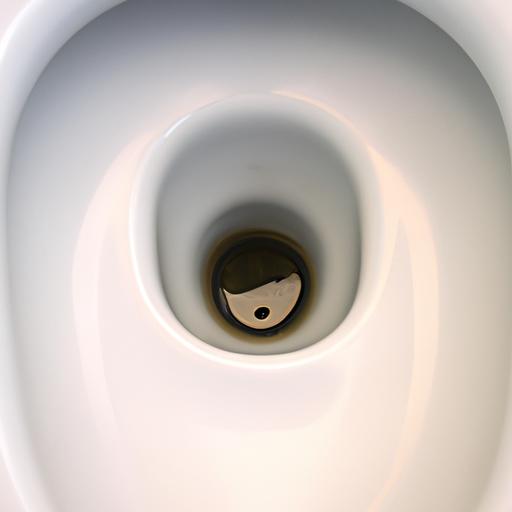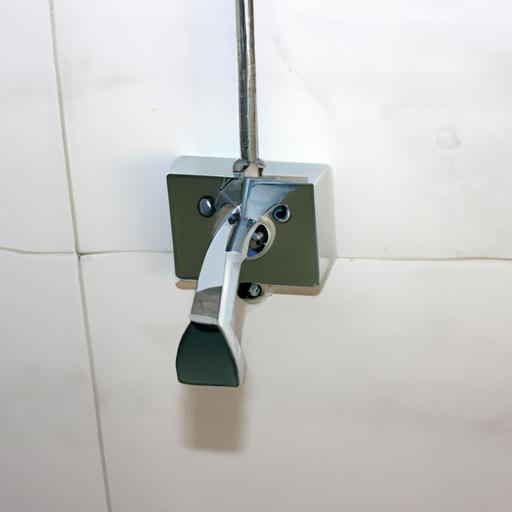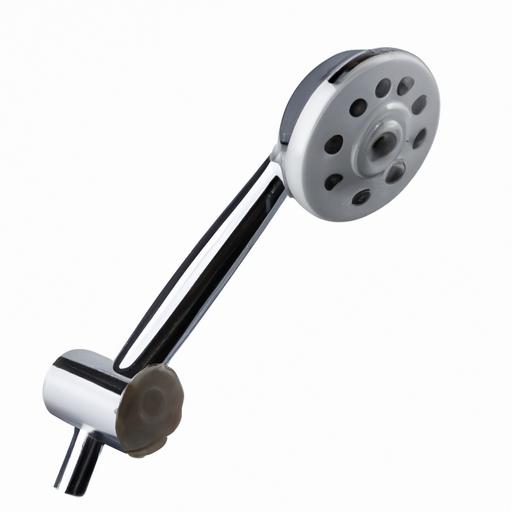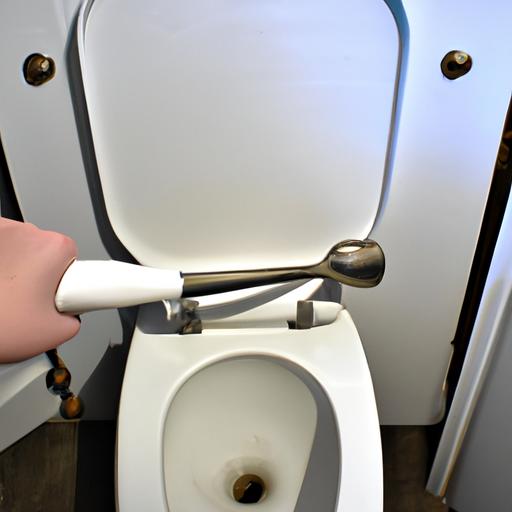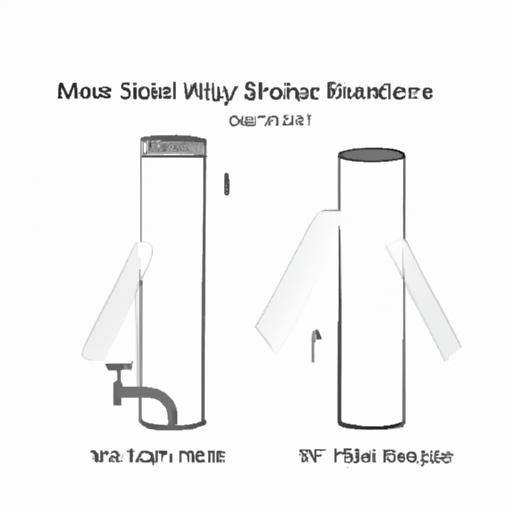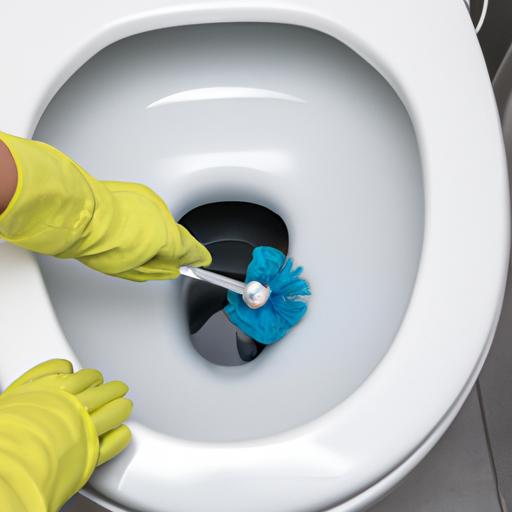toilet flushes slowly: Imagine this scenario: You’re rushing to get ready for work, but your toilet seems to have a different agenda. Instead of performing its duty swiftly, it decides to flush at a snail’s pace. Frustrating, isn’t it? A slow-flushing toilet can be a major inconvenience, disrupting your daily routine and leaving you scratching your head for answers. But fear not, because today, plumbingrepairtips.com will dive into the world of sluggish toilet flushes and uncover the common culprits behind this pesky problem.!
Introduction
We all know how essential a fully functional toilet is for a comfortable living environment. It’s an unsung hero, silently taking care of our waste disposal needs. However, when the flush becomes sluggish, it’s time to address the issue promptly. Slow toilet flushes can stem from various causes, and understanding them is crucial for efficient troubleshooting. So, let’s explore the possible reasons behind your toilet’s sluggish performance.
The Importance of a Properly Functioning Toilet
Before we delve into the causes, let’s take a moment to appreciate the significance of a well-functioning toilet. Beyond its obvious purpose, a toilet contributes to our overall well-being and hygiene. It provides a sense of convenience, privacy, and comfort that we often take for granted. When our toilet starts to act up, it disrupts the harmony of our daily routines and can lead to unnecessary stress. Therefore, it’s vital to ensure our toilets are in top-notch condition, flushing with the speed and efficiency they were designed for.
Now that we understand the importance of a properly functioning toilet, let’s move on to the next section to uncover the underlying causes of slow toilet flushes. Stay tuned as we explore the mysteries of clogged pipes, low water pressure, and faulty flush valves. Together, we’ll restore your toilet’s flushing prowess and bid farewell to sluggishness once and for all.
Understanding the Causes of Slow Toilet Flushes
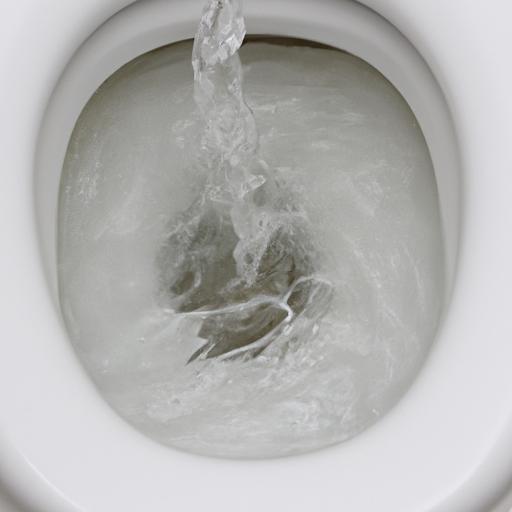
Have you ever wondered why your once efficient toilet has suddenly decided to take its time when flushing? There could be several reasons behind this sluggish behavior, and identifying the root cause is essential to resolve the issue effectively. Let’s delve into the potential culprits behind a slow-flushing toilet and explore how each one can impact its performance.
Clogged Pipes: The Silent Saboteur
One of the most common reasons for a slow toilet flush is the presence of clogged pipes. Over time, debris, hair, toilet paper, or even foreign objects can accumulate and obstruct the smooth flow of water. This build-up restricts the passage, resulting in reduced flushing power. If you suspect clogged pipes, it’s crucial to address the issue promptly to prevent any further complications.
Low Water Pressure: A Dampened Flush
Another culprit behind a sluggish toilet flush is low water pressure. Insufficient water pressure can hinder the force required to push waste down the drain effectively. Factors such as a malfunctioning fill valve, a partially closed shut-off valve, or issues with the municipal water supply can all contribute to reduced water pressure. Understanding and rectifying these water pressure-related problems can help restore your toilet’s flushing efficiency.
Faulty Flush Valve: The Flusher’s Achilles Heel
The flush valve, responsible for releasing water from the tank into the bowl during a flush, can also be a potential source of slow flushing. A faulty flush valve may not open completely or close properly, impeding the water flow and causing delays in the flushing process. Inspecting and addressing any issues with the flush valve can significantly improve your toilet’s performance.
By understanding these potential causes of slow toilet flushes, you’re one step closer to resolving the issue. In the next section, we will explore troubleshooting techniques and DIY fixes that can help you tackle these problems head-on. So, stay tuned and let’s get your toilet back to its swift-flushing glory!
Troubleshooting and DIY Fixes
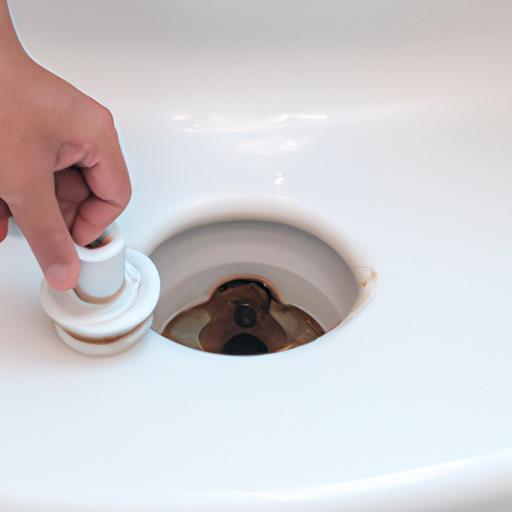
Are you ready to take matters into your own hands and tackle the issue of a slow-flushing toilet? With a little bit of know-how and some simple tools, you can troubleshoot and fix the problem yourself. No need to wait around for a plumber when you can become the hero of your bathroom! Let’s dive into the step-by-step instructions that will have your toilet flushing smoothly once again.
Checking for Clogs and Blockages
The first culprit to investigate when faced with a slow-flushing toilet is a potential clog or blockage. Over time, debris, toilet paper, or even foreign objects can obstruct the flow of water. To check for clogs, follow these steps:
- Put on a pair of gloves and grab a plunger.
- Position the plunger over the drain hole in the bowl, ensuring a tight seal.
- Give the plunger a few vigorous plunges, creating suction to dislodge the clog.
- Flush the toilet to see if the water flows freely. If not, repeat the plunging process or move on to the next step.
Adjusting the Water Level and Flush Valve
If a clog isn’t the issue, it’s time to examine the water level and flush valve. Incorrect water levels can hinder the flushing process, so let’s make sure everything is in order:
- Locate the water level adjustment screw or rod inside the toilet tank.
- Adjust the screw or rod to raise the water level if it’s too low.
- If the water level is too high, adjust the screw or rod to lower it.
- Next, inspect the flush valve to ensure it’s functioning correctly. If it is damaged or worn out, consider replacing it with a new one.
Clearing Mineral Deposits from the Rim Holes
Mineral deposits can accumulate in the rim holes of your toilet, obstructing the flow of water and causing a slow flush. To clear these deposits, follow these steps:
- Turn off the water supply to the toilet.
- Use a small brush or toothbrush to scrub the rim holes, removing any mineral buildup.
- Turn the water supply back on and flush the toilet to check if the flow has improved.
Ensuring Proper Venting in the Plumbing System
Inadequate venting in the plumbing system can also contribute to a slow-flushing toilet. A vent pipe allows air to enter the plumbing system, maintaining proper pressure for efficient flushing. If you suspect venting issues, it’s best to consult a professional plumber to assess and rectify the situation.
By following these troubleshooting steps and DIY fixes, you’re well on your way to resolving the issue of a slow-flushing toilet. However, if the problem persists or appears more complex, don’t hesitate to seek professional help. In the next section, we’ll discuss when it’s time to call in the experts.
Seeking Professional Help

When DIY Fixes Fall Short
While DIY fixes can solve many toilet-related issues, there are instances where professional assistance becomes necessary. It’s important to recognize when your efforts might not be sufficient to address the underlying problem. Here are some situations where seeking the expertise of a plumber or a professional service is highly recommended:
1. Persistent Slow Flushing
If you’ve tried various DIY methods to fix your slow-flushing toilet without success, it’s a clear sign that the issue might be more complex than anticipated. Continuously dealing with a slow flush indicates an underlying problem that requires a professional’s trained eye. Plumbers possess the knowledge and experience to identify and tackle intricate issues that might be causing the sluggishness.
2. Structural or Plumbing System Problems
In some cases, slow toilet flushes can be a symptom of broader structural or plumbing system problems. Issues such as damaged sewer lines, improper venting, or outdated plumbing systems can impede the proper functioning of your toilet. These complex problems often necessitate the expertise of a professional who can diagnose and resolve them effectively. Ignoring these underlying issues can lead to further complications and potentially costly repairs down the line.
The Benefits of Hiring a Professional
When faced with a slow-flushing toilet that defies your DIY efforts, enlisting the help of a plumber or a professional service can offer several advantages:
1. Expertise and Experience
Plumbers and professional technicians undergo extensive training and possess in-depth knowledge of plumbing systems. Their expertise allows them to quickly diagnose the root cause of slow toilet flushes and implement appropriate solutions. With their years of experience, they can efficiently navigate complex plumbing issues to restore your toilet’s optimal performance.
2. Time and Convenience
Hiring a professional saves you valuable time and spares you from the frustration of trial and error. Instead of spending hours attempting various fixes, a skilled plumber can swiftly identify the problem and implement the necessary repairs. This ensures minimal disruption to your daily routine and restores the functionality of your toilet promptly.
3. Long-Term Solutions
By seeking professional help, you can rest assured that the underlying cause of slow toilet flushes is properly addressed. Plumbers not only fix the immediate issue but also provide long-term solutions to prevent future problems. Their expertise ensures that your toilet operates smoothly and efficiently, saving you from recurring frustrations and potential repairs.
Remember, sometimes it’s best to leave the job to the experts. In the next section, we’ll explore preventive maintenance tips to keep your toilet in top shape and minimize the chances of encountering slow flushes again.
Conclusion
In conclusion, a slow-flushing toilet can be a frustrating inconvenience that disrupts our daily routines and hampers our comfort. However, understanding the common causes behind this issue empowers us to take effective action and restore our toilets to their optimal performance.
Throughout this article, we have explored the various factors that can contribute to a sluggish toilet flush. We highlighted the importance of a properly functioning toilet for a comfortable living environment and discussed troubleshooting methods and preventive maintenance tips to address and prevent slow toilet flushes.
Remember, regular cleaning and maintenance are key to preventing blockages and maintaining the efficiency of your toilet. Be mindful of what you flush down the toilet, avoiding non-flushable items that can clog the plumbing system. Additionally, conserving water is important, but it should not compromise the performance of your toilet.
If you have tried troubleshooting techniques and preventive measures but still face persistent slow toilet flushes, it may be time to seek professional help. Plumbers and professional services have the expertise and tools to diagnose and resolve complex issues, ensuring your toilet functions optimally.
At plumbingrepairtips.com, we believe in providing practical solutions and guidance for all your plumbing needs. By following the tips and tricks outlined in this article, you can bid farewell to sluggish toilet flushes and enjoy a hassle-free bathroom experience.
Remember, a well-functioning toilet is the cornerstone of a comfortable home, so don’t let slow flushes dampen your spirits. Take action today and regain the efficiency and comfort you deserve.
